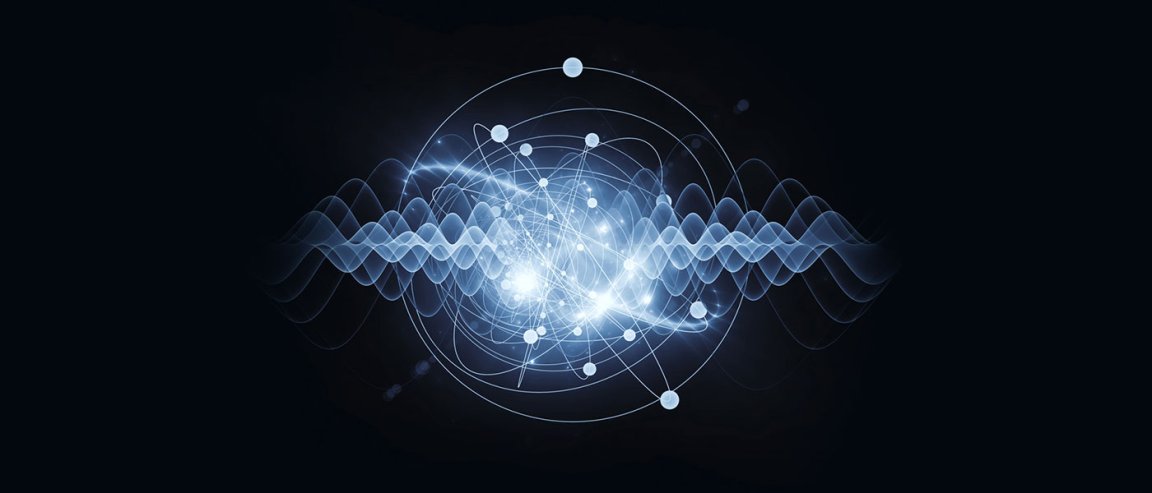
Valentina Caprara Vivoli and her team from the University of Geneva in Switzerland have devised an experiment that will allow human eyes to directly detect entanglement. For the first time, we may be able to answer that interesting question of whether or not humans will ever be able to “see” entanglement occur.
What is Entanglement?
Entanglement is a phenomenon in which two quantum particles interact in such a way that they appear to share the same existence. This means that a measurement on one particle influences the second particle immediately, no matter how far away they happen to be from each other.
For a long time, scientists have disputed its existence. But with today’s technology, and well equipped labs, physicists can study this phenomenon in more detail, and hopefully answer these questions.

A New Experiment
To “see” entanglement, physicists looked at the basics: The human eye. Our eye is a photon detector, so theoretically it’s possible for a human eye to be the photodetector in an experiment involving quantum entanglement. These experiments involve several pairs of entangled photons which are sent to a photodetector; repeating the detection process many times will make it possible to determine whether entanglement has actually taken place.
This all may sound very easy, but it’s not. Our eyes—despite being the sophisticated product of nearly a billion years of evolution—simply cannot detect individual photons. Each light-sensing “rod” in the retinae of our eyes must be stimulated by many photons in order to trigger an actual detection; the lowest perceptible photonic threshold, it is believed, is about seven. Usually, our eyes can distinguish photons only in their hundreds or thousands.
But even with thousands of photons, our eyes are still not considered efficient photodetectors. A photodetecting instrument in any good optics lab is over 90% efficient. Our peepers register only a mere 8% efficiency. So this poses a really big problem on how we are ever going to “see” entanglement.
More Challenges Ahead
Aside from the inefficiency of our eyes, technology also plays a part in the problem. Physicists are only capable of entangling half a dozen photons at a time, and this task is not a walk in the park either.
Apparently, the only way we can really detect them using our eyes is to amplify the effect of a single entangled photon, but we need to make sure that we don’t destroy the actual entanglement itself.
Vivoli and her team stated that they devised a way to effectively amplify a single entangled photon into many photons that our eyes can actually see. The technique is called “displacement operation,” essentially the interference of two quantum objects so that the phase of one is altered by the other.
In order to achieve this, a beam splitter is used. A beam of coherent photons from a laser is aimed at a splitter, transmitted through it, but then a change of phase causes it to be reflected. If a second laser beam interferes with the first, it will change the phase of the first beam—reflecting it back instead of passing through the splitter. So the second beam controls whether the first is reflected or not. This “switching beam” does not need to be as powerful as the main beam, but it does need to be coherent—that is, an actual laser—to make this successful.
Vivoli and her team have this theory in mind. They said that the technology needed for this experiment is available. They say their work “convincingly demonstrates the possibility to realize the first experiment where entanglement is observed with the eye.” They say many things, but only time will tell if they can deliver on their promises.
So now we just need to conduct the experiment to see the results and check if their theory works or not. Shouldn’t be too hard—we just need a few volunteers with excessive spare time, and a few thousand entangled photons.
Meanwhile, Vivoli and her team point out, with a characteristic eye for novelty, that “[i]t is safe to say that probing the human vision with quantum light is a terra incognita. This makes it an attractive challenge on its own.”
And that’s a sentiment we can all salute, as we look forward to exploring the myriad weirdnesses of the quantum world with our own eyes.
